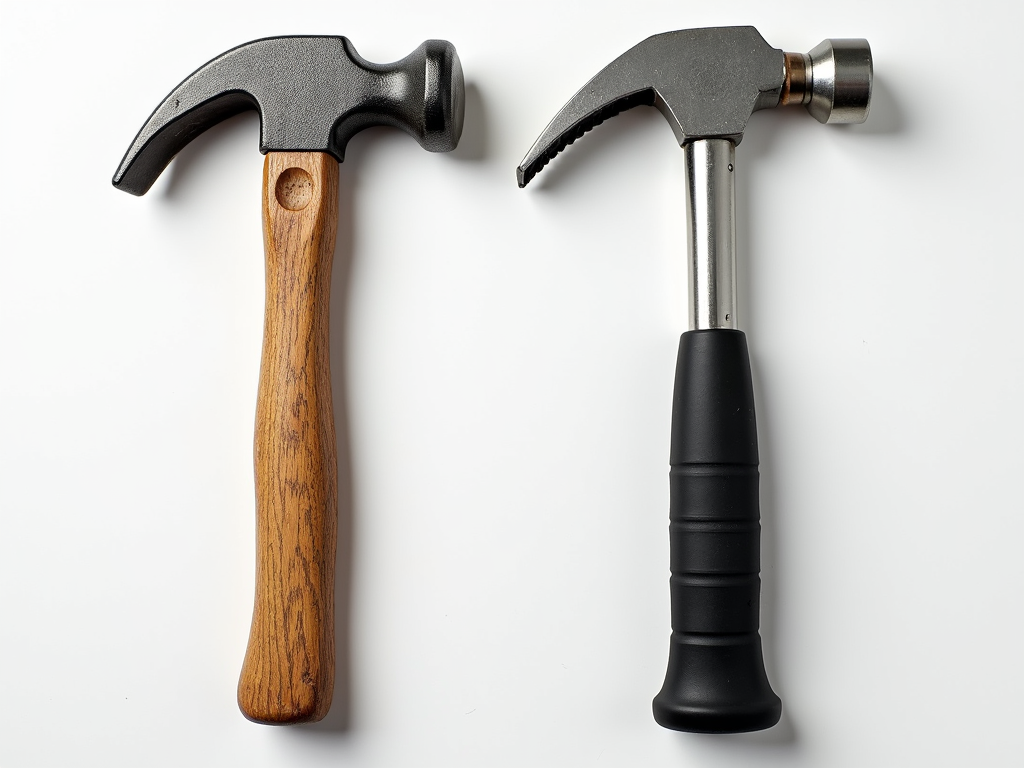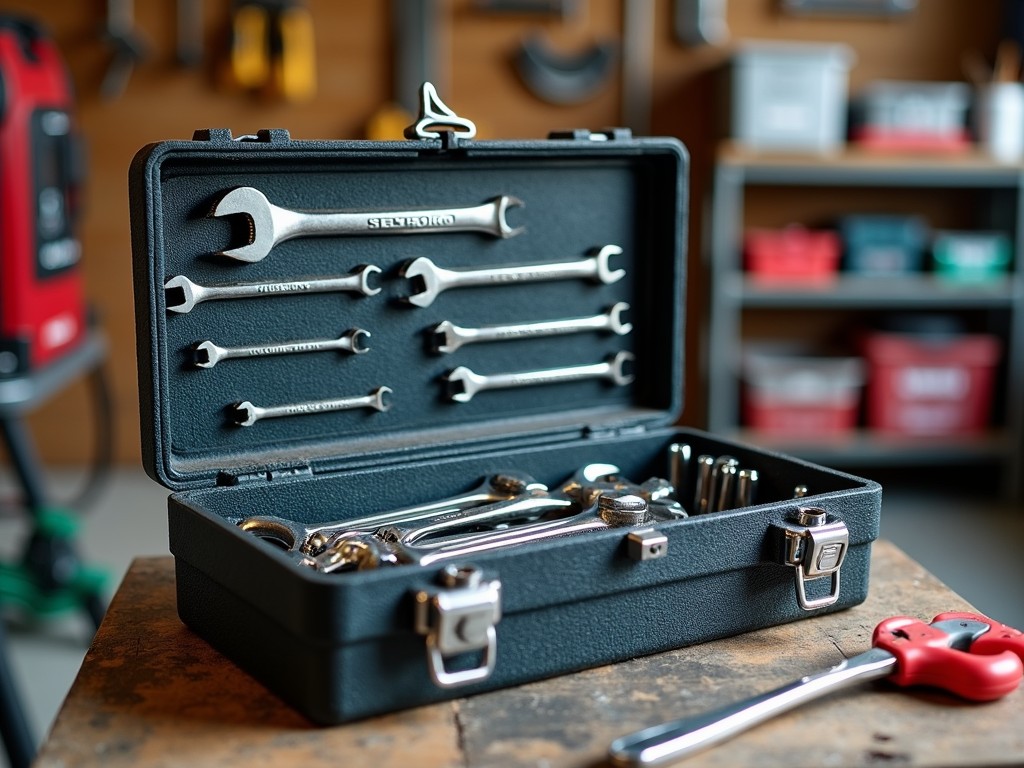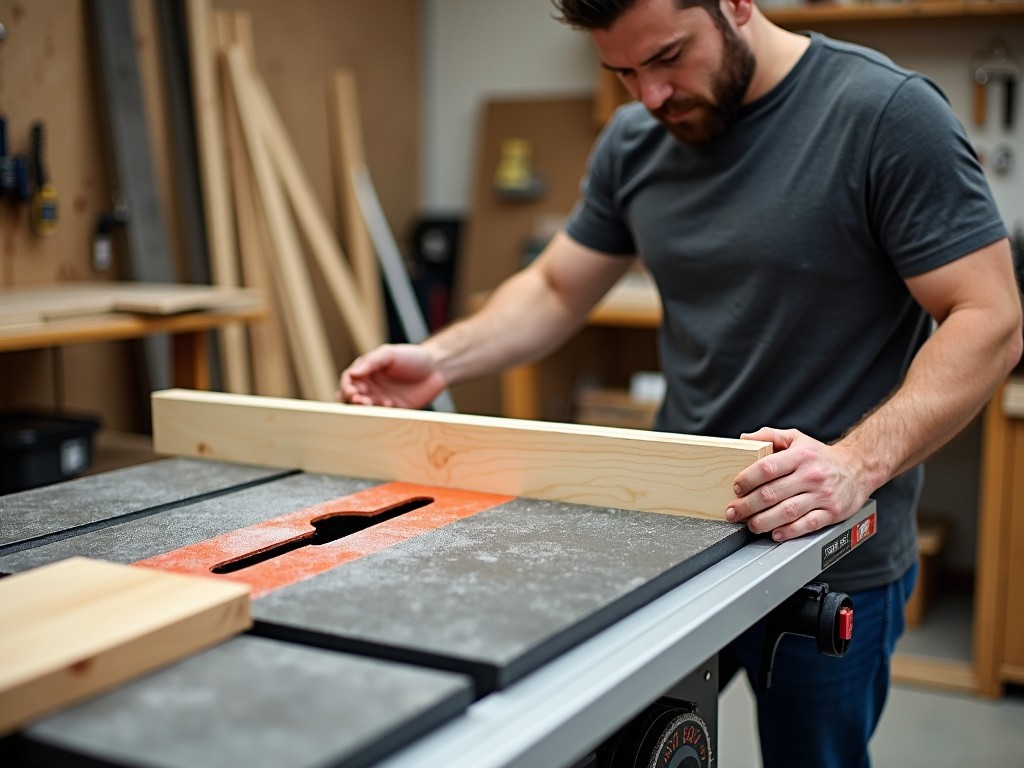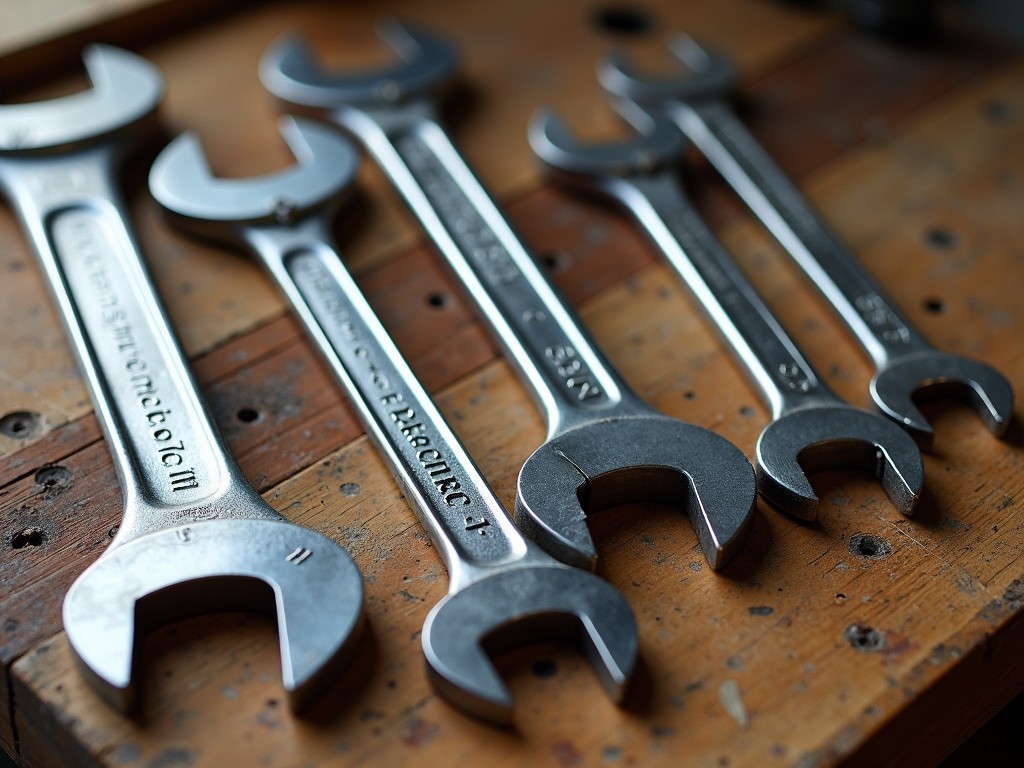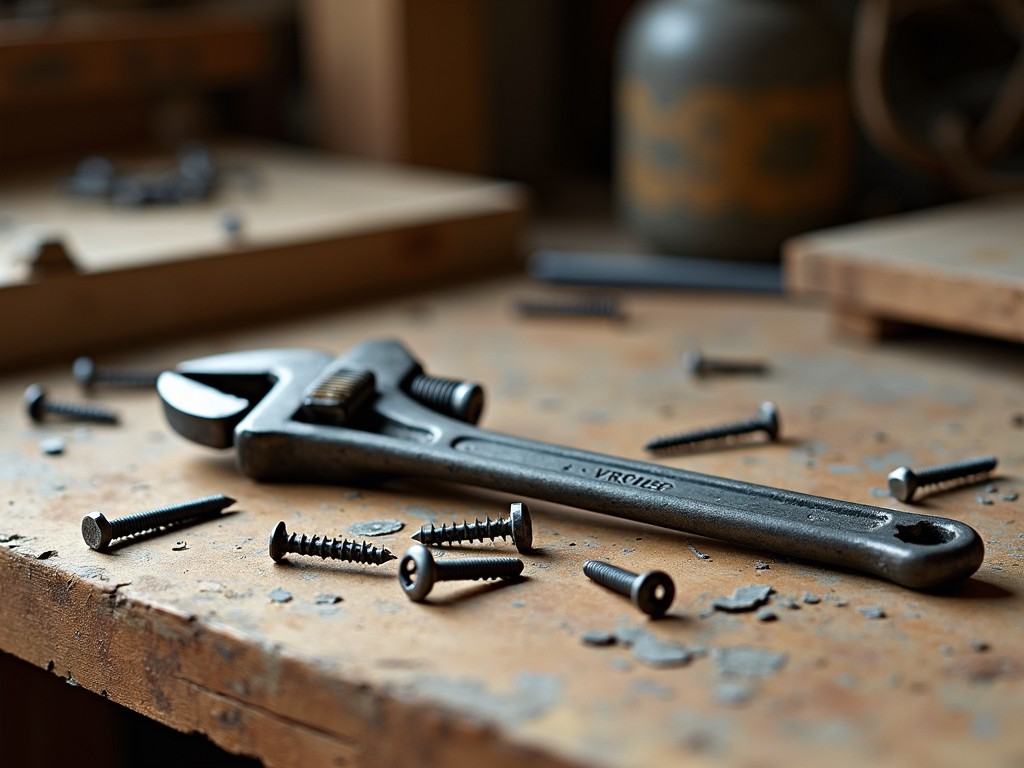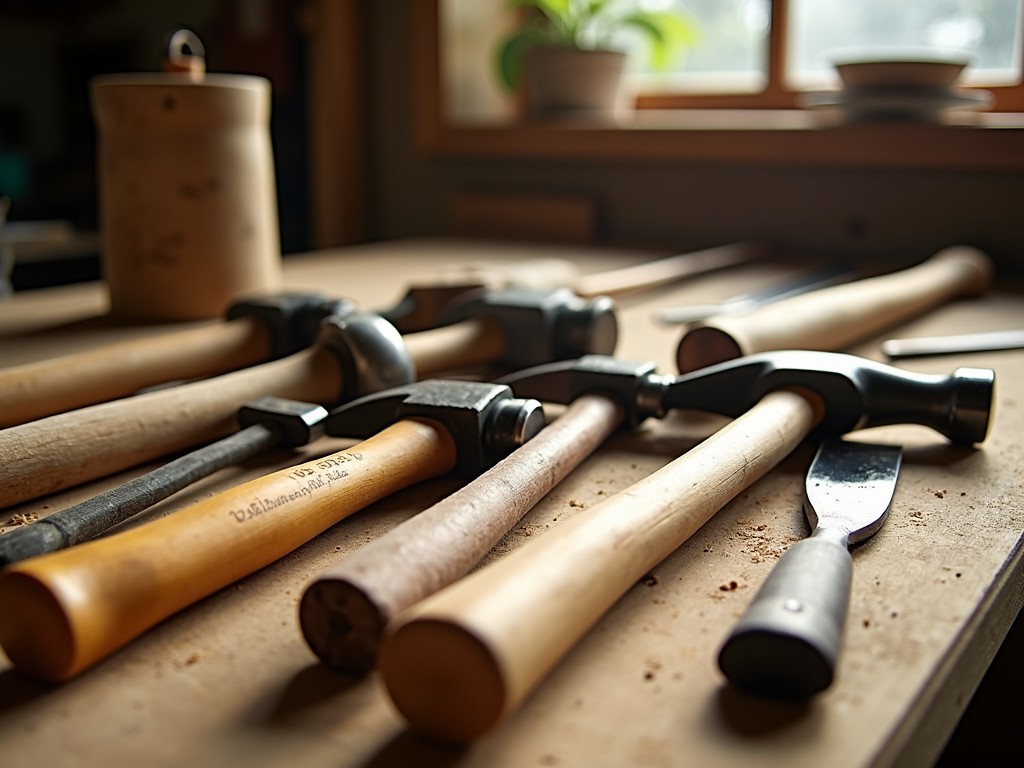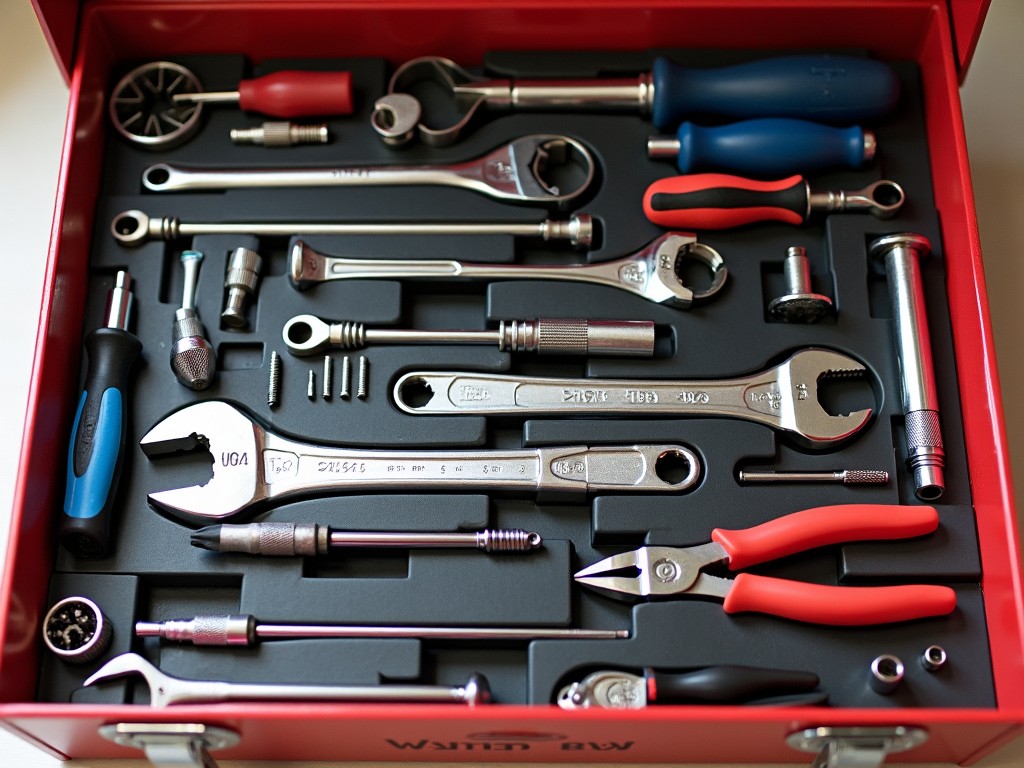When it comes to reducing hand strain, ergonomic wrenches are game-changers for handymen and DIY enthusiasts alike. This article delves into how these innovative tools can make a significant difference in everyday tasks, offering comfort and efficiency simultaneously.
Why Ergonomic Wrenches?
Choosing the right tools can elevate the quality of your work while reducing wear and tear on your body. Ergonomic wrenches, specifically designed to minimize hand strain, provide both comfort and efficiency. Unlike traditional wrenches, these are crafted with considerations for human biomechanics, decreasing the chances of repetitive stress injuries.
For those who engage regularly with tools, the difference is not just noticeable but crucial. Ergonomic wrenches for reducing hand strain are engineered to be lightweight and fit naturally into the user's palm.
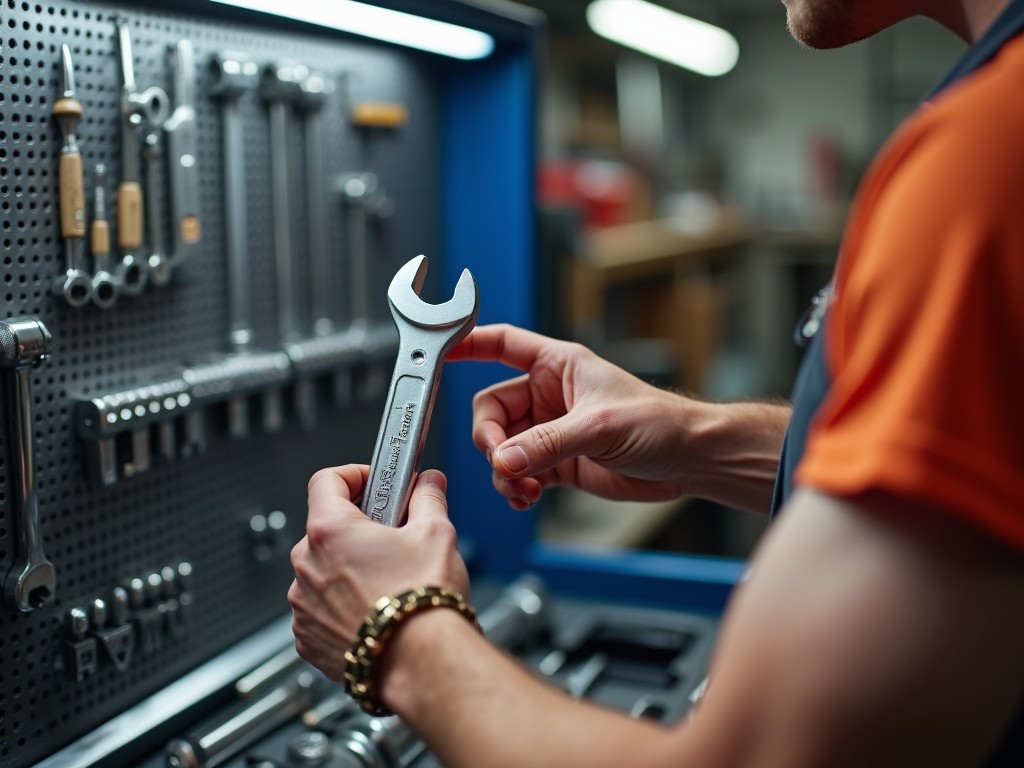
Personal Experiences and Benefits
Several users have noted remarkable improvements in productivity and comfort after switching to ergonomic wrenches. One plumber shared how he could complete tasks more swiftly without the familiar aching in his wrists, allowing him to extend his workday if needed.
However, it’s not just about long sessions. Even casual users, who may only engage in DIY projects during weekends, experience reduced fatigue. The strategic grip promotes a more natural wrist position, greatly limiting stress and irritation over prolonged use.
Key Features of Ergonomic Wrenches
Ergonomic wrenches encompass a variety of innovative features that distinguish them from standard tools: - Adjustable handles: These offer multiple positions to best suit the user's hand size and task. - Composite materials: Lightweight yet durable, preventing unnecessary strain. - Slip-resistant grips: Ensure secure hold even when dealing with oil and grease.
Here's a comparison table highlighting the differences between ergonomic wrenches and traditional ones:
| Feature | Ergonomic Wrenches | Traditional Wrenches |
|---|---|---|
| Handle Design | Ergonomic, contoured | Straight, basic |
| Material | Lightweight composites | Heavy metals |
| Grip | Slip-resistant | Basic grip |
| Adjustability | Highly adjustable | Fixed or limited options |
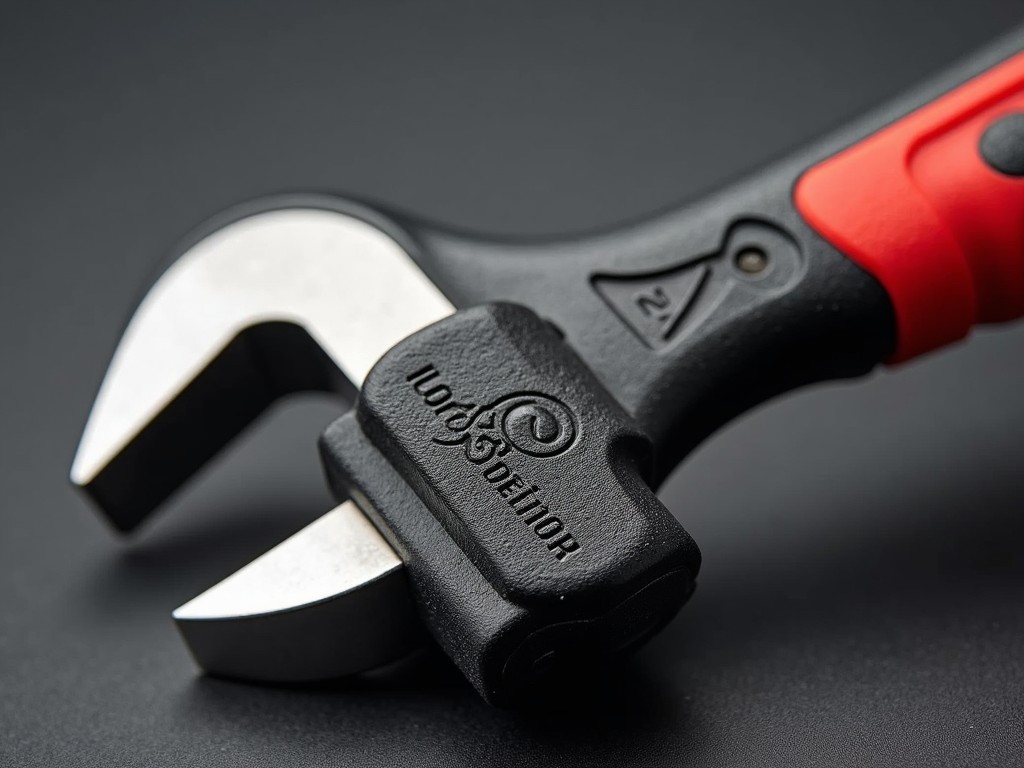
Choosing the Right Ergonomic Wrench for You
Selecting the perfect wrench requires considering your specific needs and the types of projects you typically handle. Here are a few tips: 1. Assess the scope of your work – If you're involved in precision tasks, opt for wrenches with fine adjustments. 2. Consider the grip – Look for a tool that naturally fits in your hand; an ideal grip should feel like an extension of your arm. 3. Check the materials – Ensure they are both durable and lightweight to prevent excess strain.
For electricians or mechanics, models with insulated grips and magnetic tips might be ideal. Evaluate these elements to find a tool that complements your style of work without compromising on comfort or effectiveness.

Conclusion
Integrating ergonomic wrenches into your toolkit is not just about enhancing performance but also about safeguarding your health. The right tools, thoughtfully chosen, can extend the longevity of both your career and hobbies.
For those looking to purchase, consider brands reputed for their quality and ergonomic research. Investing in ergonomic wrenches for reducing hand strain will unquestionably contribute to more efficient, less painful work sessions.
Related ergonomic wrenches for reducing hand strain:
- Innovations in Workman Tools Enhancing Comfort
- Top Tools for Reducing Workplace Fatigue: Boost Your Productivity and Well-Being
- The Essential Wrenches for Automotive Repair
- How to Maintain and Store Wrenches: A Workman's Guide
- Top Tablesaws with User-Friendly Features
- An Expert's Guide to the Types of Wrenches for Different Jobs
- Must-Have Wrenches for Every Toolbox
- How to Use Wrenches Safely: A Comprehensive Guide
- The Ultimate Guide to Tool Belts with Built-In Storage
- Innovative Construction Tools: Boost Efficiency on Site
- Tool Maintenance Tips for Optimal Performance
- Hand Tools Maintenance Tips: Complete Guide
